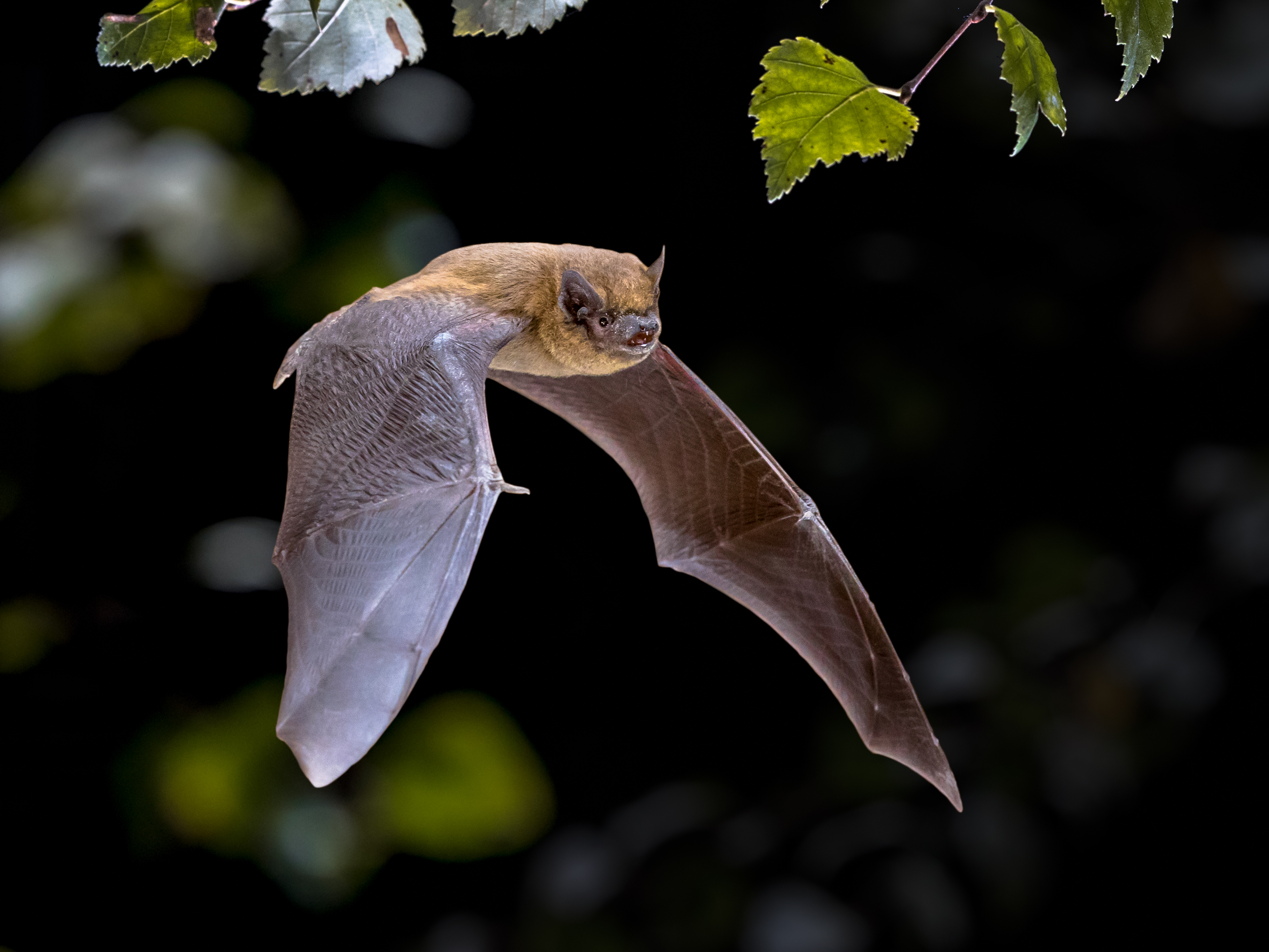
Bat Boxes Installed at Burham Water Site
We’ve installed bat boxes at our Burham Water Supply Works in Rochester, Kent, to encourage the animals to roost at the site.
We’ve installed bat boxes at our Burham Water Treatment Works in Rochester, Kent, to encourage the animals to roost at the site.
Essential maintenance work required the removal of trees on part of the site at Burham. So our team carried out three tree-climbing surveys each taking two days, to make sure no bats would be disturbed or affected, before removing the trees.
The team used ropes and harnesses to climb the trees to carry out the surveys and install the boxes. The bat boxes took just one day to install.
Bat Specialist and Ecologist Kathy Halsall at Southern Water said: “We’ve installed 10 new bat boxes in the surrounding trees, some as high as 15 metres. Bats are most active between May and September, so we’ll check for signs of activity to see if the bats like the new boxes. The most I’ve found roosting in one box is eight bats, more often it’s just one or two.”
Southern Water have bat boxes installed in many of its sites across our the South East.
There are 17 common species of bat in the UK, the most common species are the Pippistrelle, Soprano Pipistrelle and Brown Long Eared bat.
Bat stats
- Only flying mammal - Bats are the only flying mammals and are the order of Chiroptera - derived from Greek and literally means "hand wing".
- Flittermouse - An older English name for bats is flittermouse, which matches their name in other Germanic languages - for example German Fledermaus and Swedish fladdermus, related to the fluttering of wings.
- Bats are not blind - Bats have small eyes with very sensitive vision, which helps them see in conditions we might consider pitch black.
- Hanging upside down - A major advantage to hanging upside down is that bats do not need to generate lift to begin flight. They just drop out of their bed, open their wings and off they go.
- Nocturnal - Most bats are nocturnal and many roost in caves, nooks and crannies.
- Echolocation - Bats have evolved a sophisticated method of using sound that enables them to navigate and find food in the dark called echolocation.
- 1,400+ - There are more than 1,400 species in the world.
